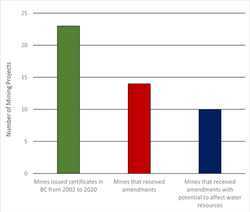top of page

RESEARCH
Releasing wild stock endangered Atlantic salmon into Napu'saqnuk (St. Mary's River, Nova Scotia). Video credit: Scott Beaver, St. Mary's River Association (October, 2022)

Click below to view plain language summaries, policy briefs, presentation slides, and other products from my current and past research projects!
bottom of page







